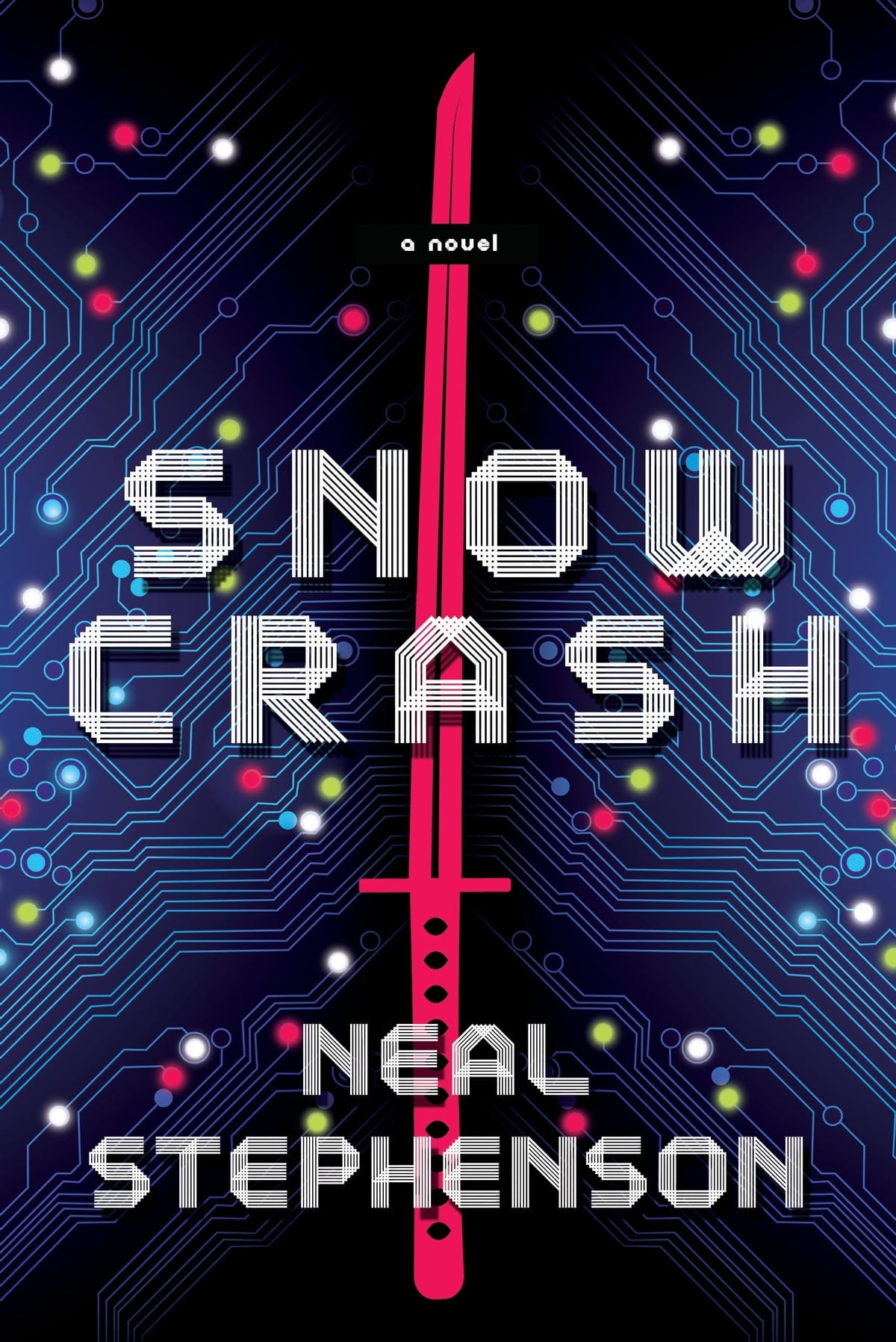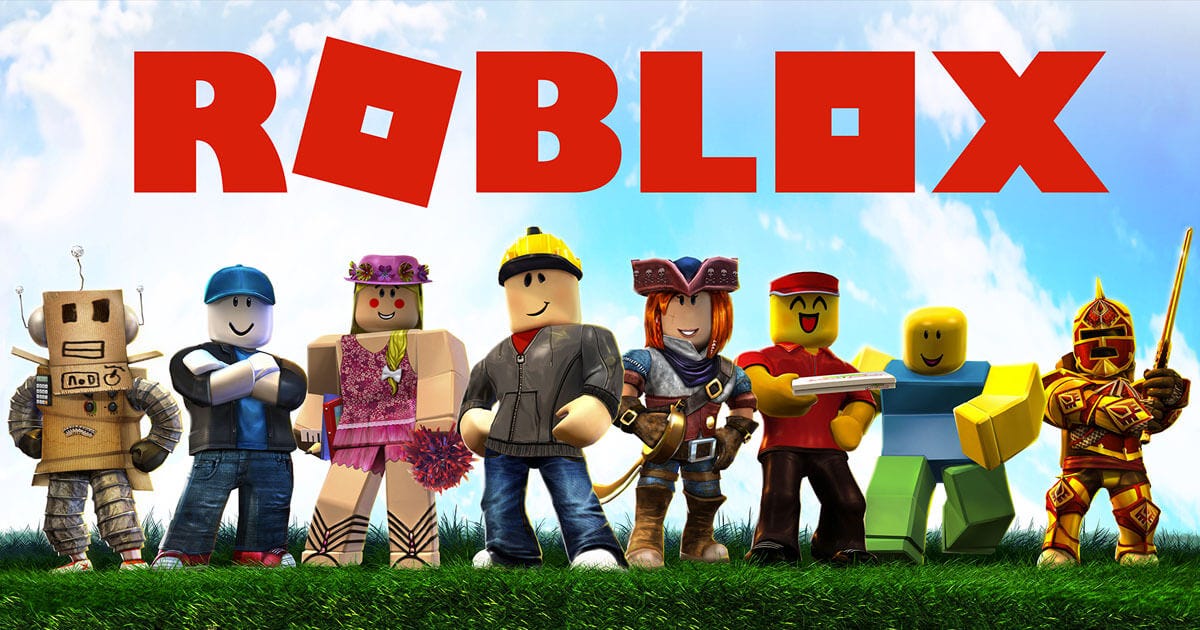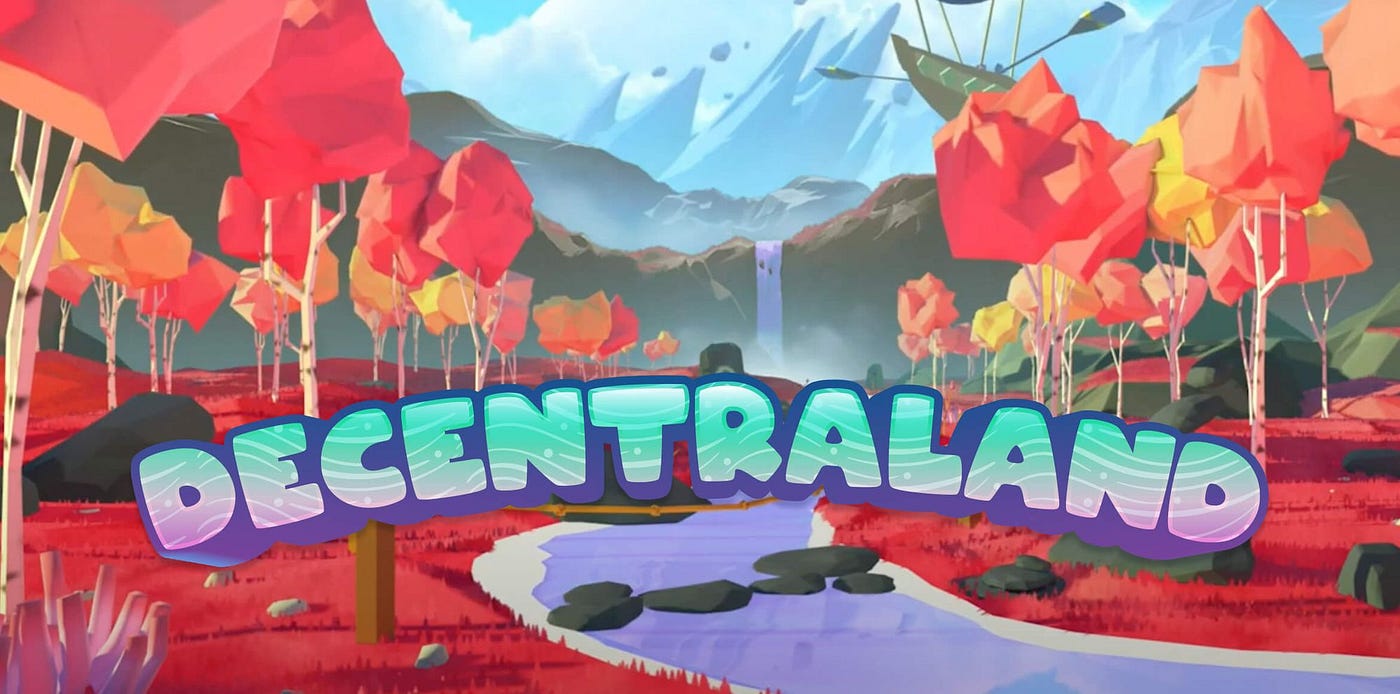Futuristic hangout place powered by augmented reality (AR), virtual reality (VR), the internet, and blockchain.
What is the Metaverse?
Metaverse is an online 3D virtual space that connects all its users’ lives with connections to multiple platforms. Functions similar to the internet can be accessed by a simple browser. While they weren’t popular before blockchain games hyped up the term, games were implementing their augmented reality (AR), virtual reality (VR), and their own economics.
Where did metaverse come from?

While it was coined by Sir Charles Wheatstone in 1838 by outlining the concept of binocular vision, it was further propelled by Stanley Weinbaum’s Pygmalion’s Spectacles in 1935. However, the term metaverse was first used in Neil Stevenson’s 1982 novel, Snow Crash, he mentioned a virtual place for characters to escape from totalitarianism by combining the words meta and universe.
Digital Avatars
After creating an account and participating in the metaverse, users need to create their own avatars. These avatars can be customized by the user and they’re one of the most important parts of the metaverse ecosystem. In some cases, these avatars became so important that most players use them to show off to other players and to show their personalities.
Experiences
Same with the real world, the metaverse provides an experience to all its users. While they don’t equate to real-world items, metaverses provide virtual experiences with various items. But as NFTs and cryptocurrencies became prominent on metaverses, the scale of virtual experiences varied, and it took full advantage of blockchain technology. Because these experiences have improved, some took this experience to a fashion week, and wedding and many more of them were generated and helped the ecosystem grow.
Persistence
Persistence is one of the most important features of its existence. Even though most people think that virtual reality (VR) or augmented reality (AR) headsets are required, even if these headsets were taken off, it doesn’t end there. Unlike the real world, the virtual world never rests, and all your progress is saved, and you don’t miss your progress.
Creator Economy
The Creator economy became integral to the metaverse, and players can easily profit from it even if they don’t subscribe to premium membership. These members can monetize their work through marketplaces, and if other players deem their effort fit, they can create a profit. Moreover, blockchain-powered metaverses took this feature to a whole new level and whether players trade their goods through its marketplace or cryptocurrencies that can be traded through listed exchanges.
Virtual World
It might sound quite corny, but the virtual world alone defines the metaverse to some degree. Because the metaverse operates through the virtual world, all activities in the metaverse are conducted through virtual means. Whether they use VR or AR, they all use mobile platforms and the internet.
Proof of ownership
Because blockchain records every transaction in an immutable manner, the ownership of the NFT can be proved easily. If your wallet’s private keys are not compromised, you can prove that the collectibles are yours on the blockchain despite all the claims that tell otherwise.
Governance
As decentralized autonomous organizations (DAO) became prominent in the ecosystem, most metaverses created their own organizations where token and NFT holders can propose, vote, and contribute to the general ecosystem in various forms. While most people bring their thoughts to improve the ecosystem, some develop and implement these changes so that their virtual spaces can develop.
Collectibles
NFTs created a world of possibilities and the crypto ecosystem created its own on behalf of the community. While they have a utility for their holders, some of them have special memories attached to them. Whatever the intent would be on creating NFTs, they can’t be forged and represent ownership.
Transfer of Value
Because NFTs can be transferred to other addresses or individuals, the owner of the NFT can be transferred easily. In addition, to easily transfer, blockchain provides a safe infrastructure and with its respective currency, it became a haven for enthusiasts to generate additional income.
Accessibility
To participate in most blockchain metaverses, a blockchain wallet with funds and NFT compatibility is sufficient. Even though some metaverses require users to register first, it is relatively easier to access when compared with most online platforms.
Interoperability
Unlike its non-blockchain-based counterparts, blockchain games can connect to other blockchain networks through bridges. Even more, metaverse developers can integrate other platforms to their use, thus so expanding their userbases across different ecosystems.
Roblox

Roblox is known as one of the first metaverse platforms. While it has the same attributes as other blockchain-powered metaverses, it’s only accessible by web and an account is needed to be created. Their prominence has been concentrated on children and Gucci has created its virtual residence in this game, making it a powerhouse in the metaverse ecosystem.
Decentraland

Decentraland is a blockchain-powered metaverse where users from all around the world participate. They’re one of the powerhouses in the metaverse and it’s inclusive to all people around the world. While their prominence led to being used by prominent institutions, they host Fashion Week and other high-profile events throughout the blockchain ecosystem.
The Sandbox

The Sandbox is a metaverse developed by Animoca Brands. Like Decentraland, it has high-profile individuals and institutions residing on its metaverse. The Sandbox tries to build Greater Bay Area and Hong Kong-themed cities with the exact same specifications, making it the most ambitious metaverse project so far. Even more, celebrities participate in the ecosystem, thus driving the value of The Sandbox. Furthermore, they opened the world for cross-chain compatibility with the Polygon liquidity pool and are expected to be fully cross-chain soon.
What are your thoughts on the metaverse? How do you see the future of the metaverse? Have you ever used metaverse? Share your thoughts and experience in the comments section below.


















